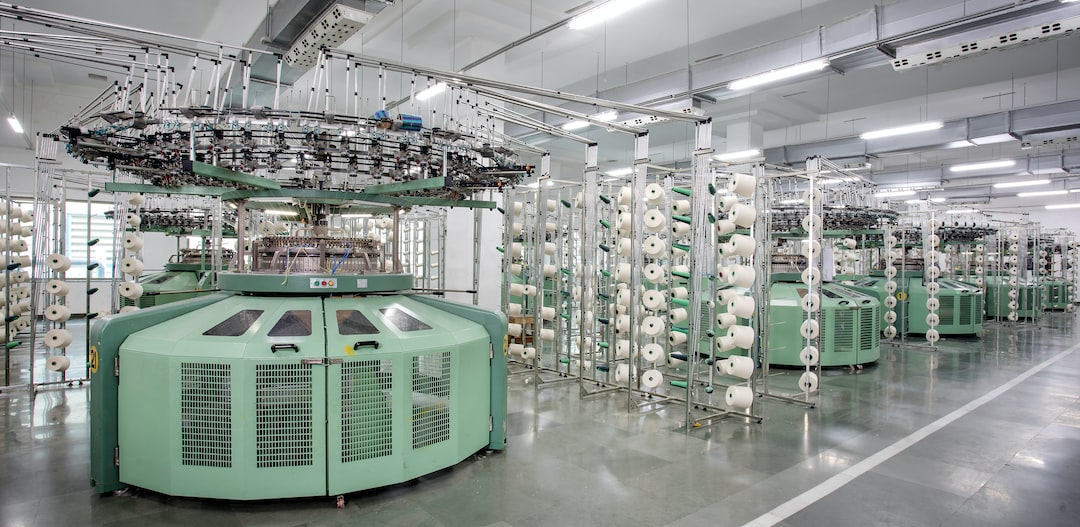The Rise of Additive Manufacturing: Pros and Cons
Additive Manufacturing, also known as 3D printing, has revolutionized several industries in the past decade. The ability to manufacture products by adding material layer by layer has opened up endless possibilities and transformed the way we think about production. However, like any emerging technology, additive manufacturing comes with its own set of advantages and disadvantages. In this blog post, we will explore the pros and cons of this game-changing technology.
Let’s begin with the pros. One of the primary advantages of additive manufacturing is its ability to create complex designs that were previously impossible to achieve with traditional manufacturing methods. With 3D printing, intricate geometries can be easily produced, allowing for customization and fine-tuning of products. This has led to breakthroughs in various fields such as aerospace, healthcare, and automotive industries.
Another significant advantage of additive manufacturing is its ability to reduce waste during production. Unlike subtractive manufacturing methods, such as machining, where material is cut away from a larger block, 3D printing only uses the material required for the product. This not only reduces the amount of raw material needed but also minimizes the environmental impact associated with waste disposal.
Furthermore, additive manufacturing enables on-demand production, eliminating the need for extensive inventories and reducing storage costs. With traditional manufacturing methods, large quantities of products are often produced, resulting in excess inventory. However, with 3D printing, items can be manufactured as needed, saving both time and money.
Additionally, additive manufacturing offers the advantage of reduced lead times. Traditional manufacturing methods can be time-consuming, requiring numerous steps and processes. On the other hand, 3D printing is a much quicker process, allowing for rapid prototyping and faster product development. This responsiveness to market demands enables businesses to stay competitive and adapt to changing consumer needs.
While additive manufacturing has brought about numerous advantages, we cannot ignore the disadvantages it presents. One of the key concerns is the limited range of materials available for 3D printing. Although the list of printable materials is expanding, it still falls short compared to the wide array of materials used in traditional manufacturing methods. This limitation can hinder the adoption of additive manufacturing in certain industries where specific materials are necessary.
Another disadvantage is the potential impact on employment. As additive manufacturing becomes more prevalent, traditional manufacturing jobs may be replaced by automated machines. While the rise of automation is inevitable, it is crucial to manage the transition and ensure that employees are reskilled for roles that complement this new technology.
Furthermore, there are concerns regarding the quality and reliability of 3D-printed products. Unlike traditional manufacturing, where parameters can be strictly controlled, additive manufacturing introduces new variables that can affect the final product’s integrity. These variables include layer adhesion, porosity, and surface finish quality. Additional research and development are needed to address these challenges and ensure consistently high-quality outputs.
In conclusion, additive manufacturing has brought about significant advancements and opportunities across various industries. The ability to create complex designs, reduce waste, and respond quickly to market demands are just a few of the many advantages it offers. However, limitations in material availability, potential job displacement, and concerns about product quality remain as challenges to overcome. As the technology continues to evolve, it is crucial to weigh the pros and cons, finding a balance that maximizes the benefits while mitigating the drawbacks.
